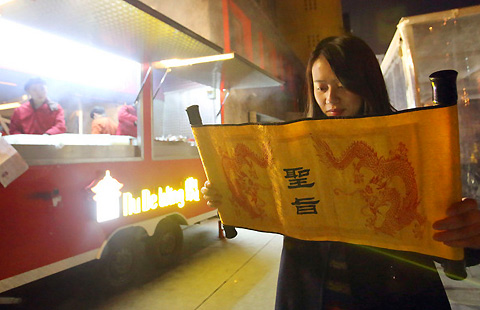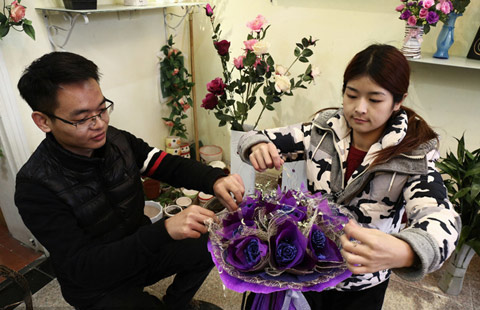EU regulatory fears blamed for thin Stock Connect volumes
By Reuters (China Daily) Updated: 2014-11-28 10:00Sally Wong, chief executive of the Hong Kong Investment Funds Association, said funds have been working around the clock with European regulators to resolve the issue.
Some market participants said it could take six months to find a solution to satisfy the CSSF, or longer if China is required to make changes to its securities law.
Shares and bonds bought by mutual funds are typically held by custodians on behalf of the investor, a concept known as beneficial ownership. Under EU rules for mutual funds, the custodian must be able to identify and monitor the client funds at all time.
But the Chinese mainland trading scheme makes it tough for custodians to fulfil these obligations, because Shanghai shares are physically held in the mainland through an unusually complex three-tiered structure involving the custodian, the Hong Kong clearing house, and the Shanghai clearing house.
To make matters worse, some lawyers say Chinese law does not explicitly recognize the concept of beneficial ownership, meaning foreign investors may not be able to prove they own the shares if something goes wrong.
"Ultimately, fund managers have fiduciary responsibilities to the clients," said Wong.
In reply to a request by Reuters, the Hong Kong stock exchange said in a written response that the scheme's custody arrangements are clearly stated on its website. The exchange has said it will provide custodians with certificates as proof of ownership.
But it is unclear if this will satisfy the CSSF's requirements, custodians said.
The Shanghai Stock Exchange told Reuters low trading volumes were caused by a variety of factors, without giving details.
Mutual funds experienced a similar problem when attempting to invest in Chinese mainland through a quota-based cross-border scheme known as RQFII first launched in 2011. In this instance, the UCITS funds had to wait nine months for a green light from CSSF.
- Options trading gathers momentum after record level of activity
- Mainland investors turn sellers via HK stock link
- CSRC: Shanghai-HK Stock Connect achieves goals
- Why mainlanders less keen on stock connect program
- BOC completes first clearing for Shanghai-HK stock connect
- CLSA sees 'Ghost Train' as Connect flows sink
- Cash crunch fans expectation on RRR cut
- US extends antidumping duties on China's thermal paper
- Modern food van with ancient look in Shanghai
- China home prices continue to cool in November
- Asia's top 3 billionaires all Chinese
- Old investment remedy the treatment for China's "new normal"
- China's solar sector opposes US anti-dumping ruling
- BMW to recall 846 cars in China
















